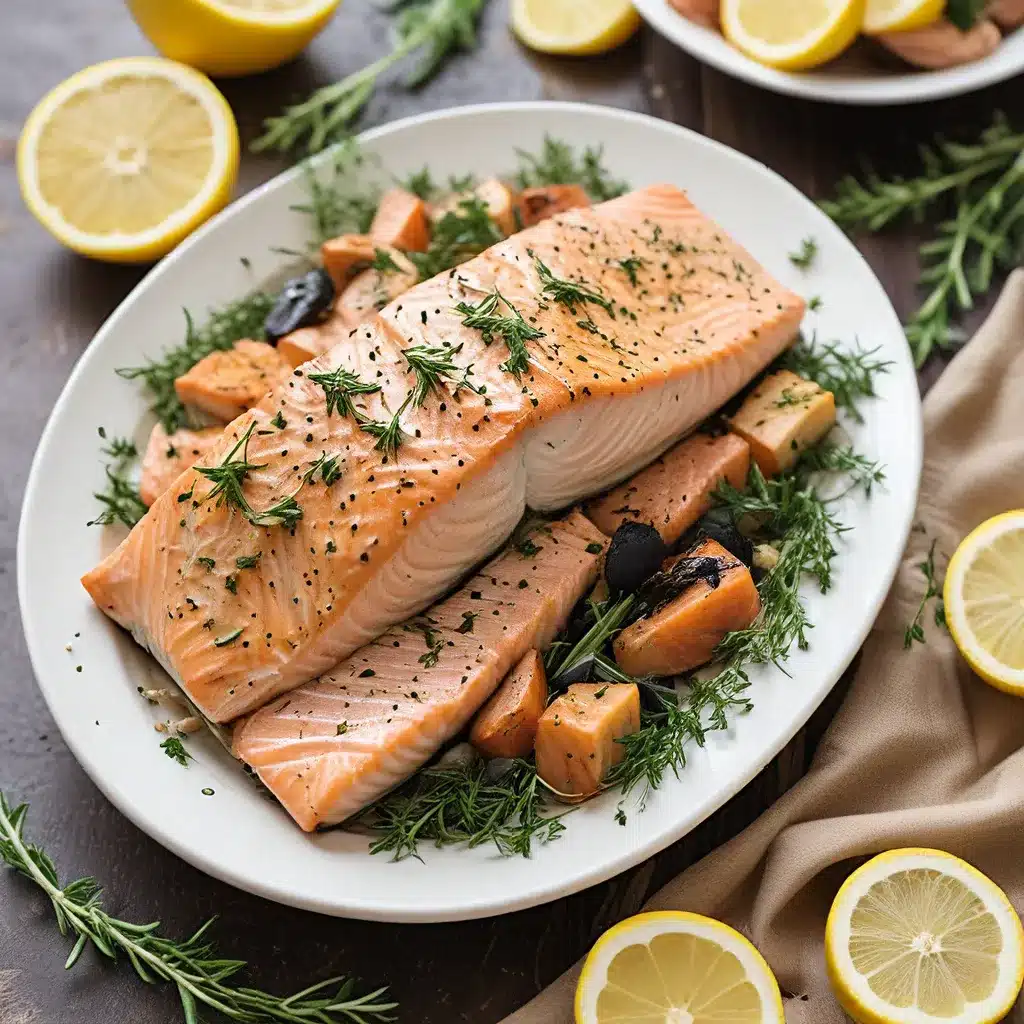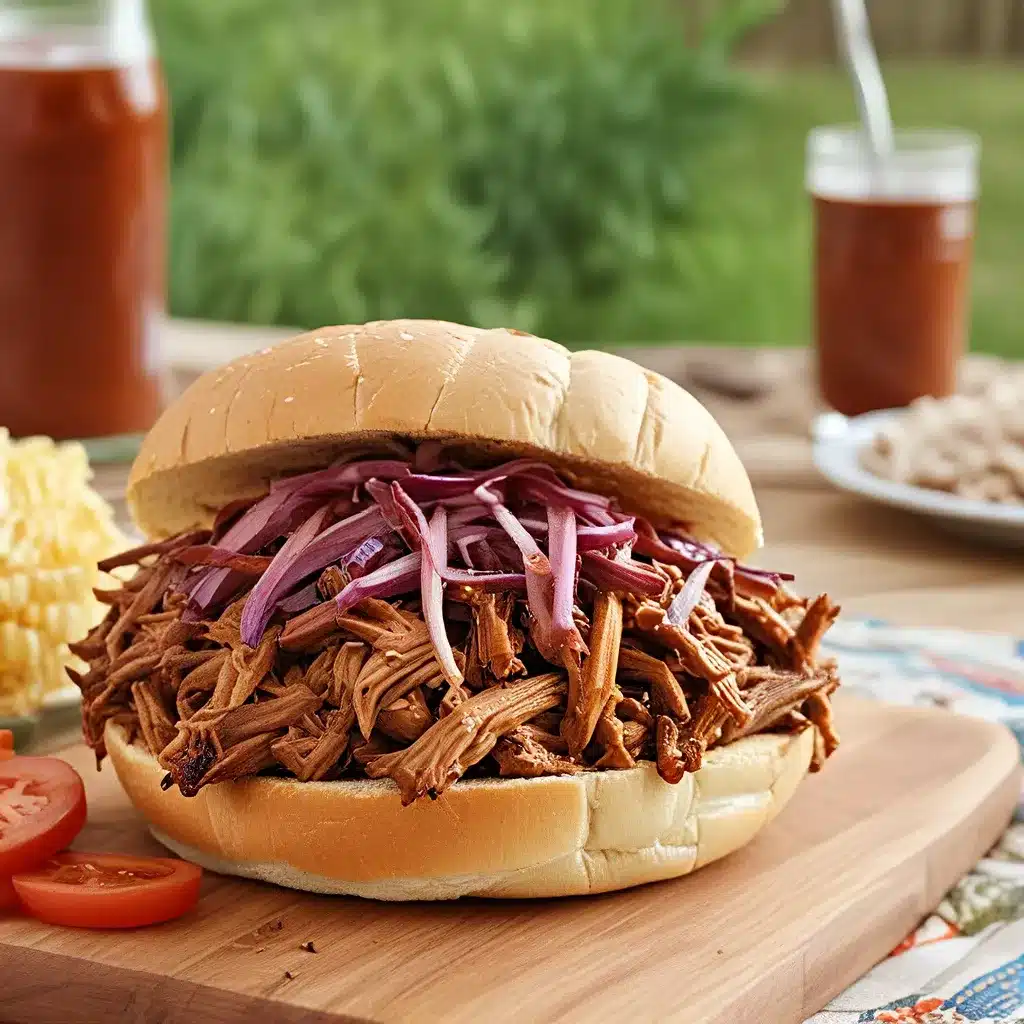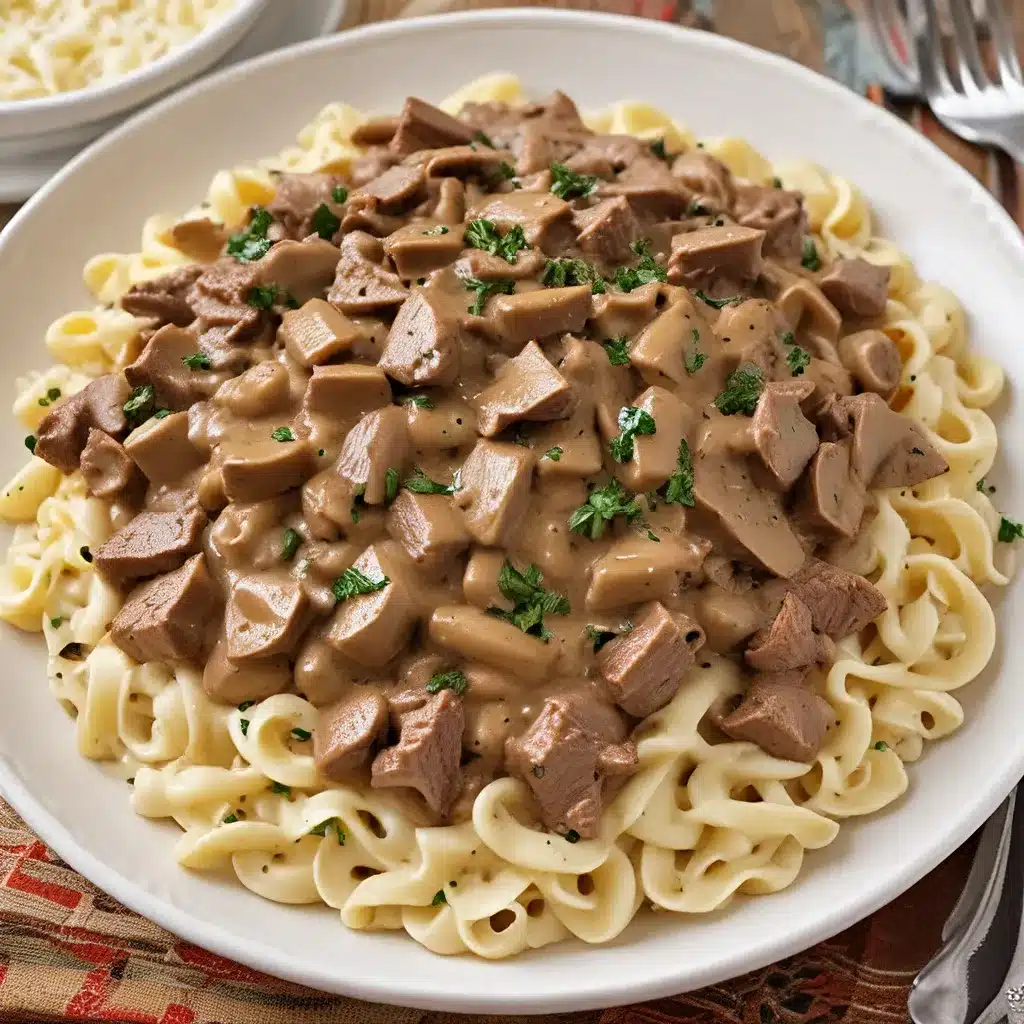
The Hidden Cost of Food Waste
I can’t be the only one who feels a twinge of guilt when I peek into the fridge or pantry and realize just how much food I’ve let go to waste. It’s like watching coins slip through my fingers – I swear I can hear the sound of money hitting the bottom of the trash can. Truly, I don’t want to be wasteful, but somehow it just keeps happening.
The truth is, most of us drastically underestimate just how much food we throw away every day. From uneaten leftovers to spoiled produce, the EPA estimates that a staggering 96% of household food waste ends up in landfills, combustion facilities, or down the drain. That’s an astronomical amount of valuable resources being completely lost.
Not only is food waste bad for the environment, but it’s also a major drain on our wallets. When you factor in the time, effort, and money that goes into growing, transporting, and preparing that food, each wasted morsel represents a tangible financial loss. It’s no wonder I feel that sinking feeling every time I clean out the fridge – I’m essentially watching my hard-earned cash disappear.
But here’s the good news: with the right strategies and a bit of mindfulness, we can significantly cut down on food waste and start saving money in the process. All it takes is a little planning, some smart storage tactics, and a shift in perspective. Let’s dive in and explore how you can become a food-waste warrior in your own kitchen.
Plan Ahead to Prevent Waste
One of the biggest culprits of food waste is impulse purchases. How many times have you wandered the grocery aisles, tempted by that fresh produce or delectable-looking snack, only to have it rot in the back of your fridge a week later? The solution is to get intentional about your shopping habits.
Start by making a weekly meal plan. Think about the dishes you and your family enjoy, and build your grocery list around those. This will help ensure you only buy what you know you’ll actually use, rather than grabbing whatever looks good in the moment. Bonus points if you can incorporate ingredients you already have on hand – that’ll help you clear out the fridge and pantry too.
Another smart tactic is to shop with a list and stick to it. Those marketing gurus are experts at making us impulse-buy, but if you go in with a clear plan, you’re much less likely to end up with a cart full of items you’ll never get around to using. And if you really struggle with this, try switching to online ordering and in-store pickup. That way, you can browse the digital aisles without the temptation of grabbing things on a whim.
Master the Art of Food Storage
Proper storage is key to maximizing the shelf life of your groceries. As soon as you get home, make sure to put cold items straight into the fridge or freezer. Take the extra few seconds to seal up leftovers in airtight containers instead of just covering them with a plate. And be mindful of how you store your produce – certain items do better in the crisper drawer, while others may fare better on the counter.
Your freezer is also an incredible ally in the fight against food waste. Did you buy a three-pack of peppers but only need two for your recipe? Slice up the extra one and pop it in the freezer for later. Have more coffee left over than you can drink? Freeze it in ice cube trays for easy iced coffee in the future. The possibilities are endless!
And don’t forget to shop your freezer before heading to the store. Chances are, you’ve got some hidden gems in there that can be repurposed into your next meal. A little creativity can turn those forgotten frozen ingredients into something truly delicious.
Get Creative with Scraps and Leftovers
It’s easy to feel like a failure when you have to toss out food, but don’t be too hard on yourself. We’ve all been there – those bananas that turned brown in the blink of an eye, the stray carrots in the crisper drawer, the half-empty containers of leftovers slowly morphing in the back of the fridge.
But instead of sending those items straight to the compost (or worse, the trash), get a little innovative. Freeze overripe bananas and other fruit to use in smoothies, baked goods, or homemade ice cream. Chop up leftover veggies and toss them into your next batch of soup or stir-fry. And don’t be afraid to get creative with those lingering leftovers – they can make a perfectly satisfying lunch or even a “leftover night” for the whole family.
Composting is another great way to give new life to food scraps. It’s easier than you might think – all you need is a little spot in your yard or even a countertop bin for collecting scraps. Reach out to a local composter or your nearest university extension office for guidance on getting started.
Make Substitutions and Use What You Have
One of the biggest game-changers in my journey to reduce kitchen waste has been getting comfortable with substitutions. Vegetables can often be swapped in recipes, and ground meat is usually interchangeable. The New York Times has an excellent resource for all kinds of cooking substitutions, from oils and spices to even meat alternatives.
Keep a freezer bag for collecting veggie scraps, bones, and other trimmings. When you have enough, use them to make your own homemade broth or stock. Just be sure to avoid any brassicas like broccoli or cabbage, as they can make the flavor unpleasant.
And don’t be afraid to get creative with the odds and ends in your fridge and pantry. That half-used jar of pesto might be the perfect addition to your pasta dish. Those lonely carrots and celery sticks can be transformed into a tasty soup. The possibilities are endless when you start thinking outside the box.
Start Small, Build Momentum
Reducing food waste can feel like a daunting task, but the key is to start small and build momentum. Choose just one or two new habits to focus on at first, like making a weekly meal plan or always storing leftovers in airtight containers. Once those become second nature, add another strategy to your repertoire.
Baby steps are still progress, and over time, those small changes will add up to big savings – both for your wallet and for the planet. Before you know it, that guilt-inducing trip to the trash can will be a thing of the past, and you’ll be the neighborhood’s food-waste hero.
So take a deep breath, roll up your sleeves, and get ready to embark on a culinary adventure that’s good for your bank account and the environment. With a little planning, creativity, and a dose of mindfulness, you can transform your kitchen into a lean, mean, waste-reducing machine. Let’s do this!






